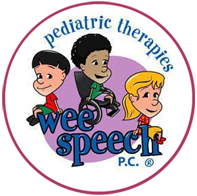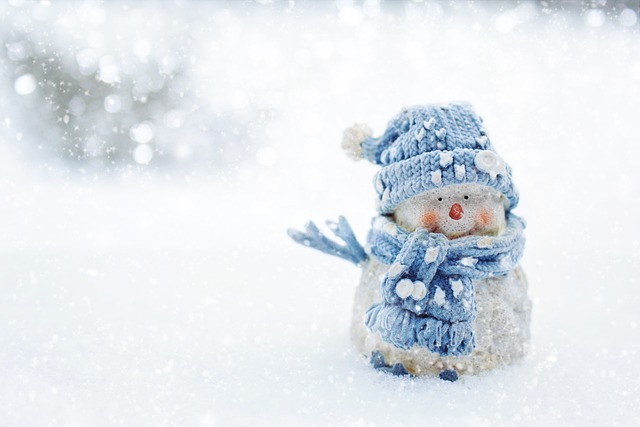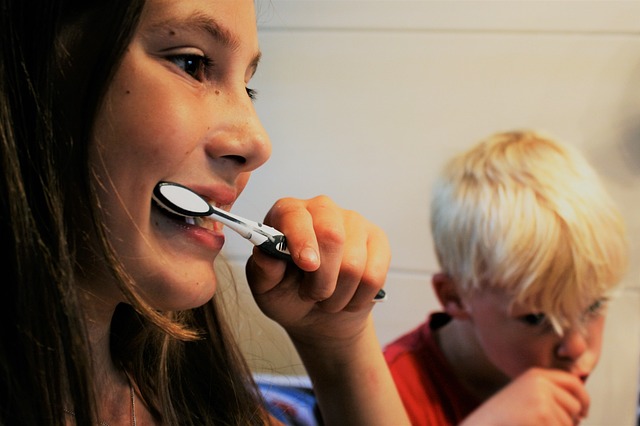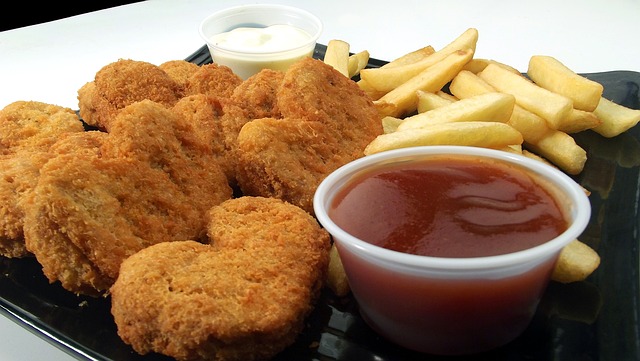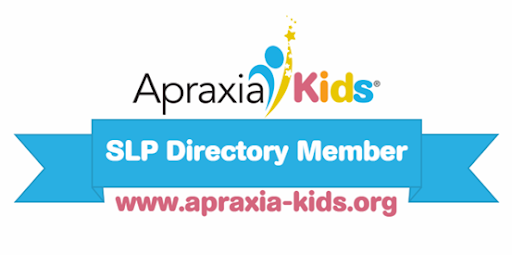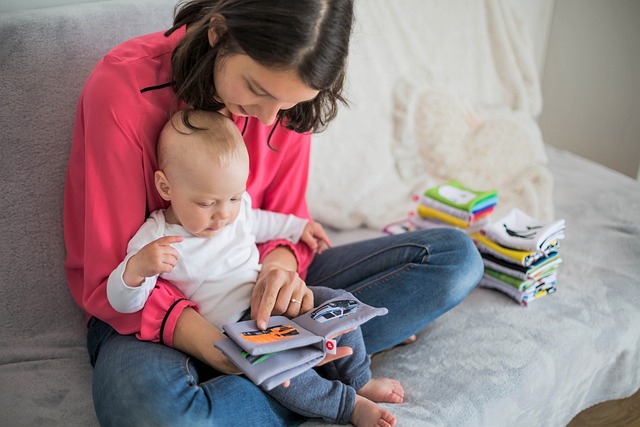
How to Support Your Child’s Speech at Home—Without Feeling Like a Therapist!
As a parent, you don’t need to become a speech therapist to help your child develop strong communication skills. In fact, some of the most effective ways to support language growth happen during everyday activities you’re already doing—like getting dressed, eating meals, or playing together. The key is to be intentional with how you talk, listen, and interact. Small changes in your daily routine can have a big impact, and the best part is, it doesn’t have to feel like “work.” One of the simplest things you can do is narrate what you’re doing as you go about your day. For example, when you’re making breakfast, you might say, “I’m cracking the egg. Now I’m stirring it. Look, it’s
